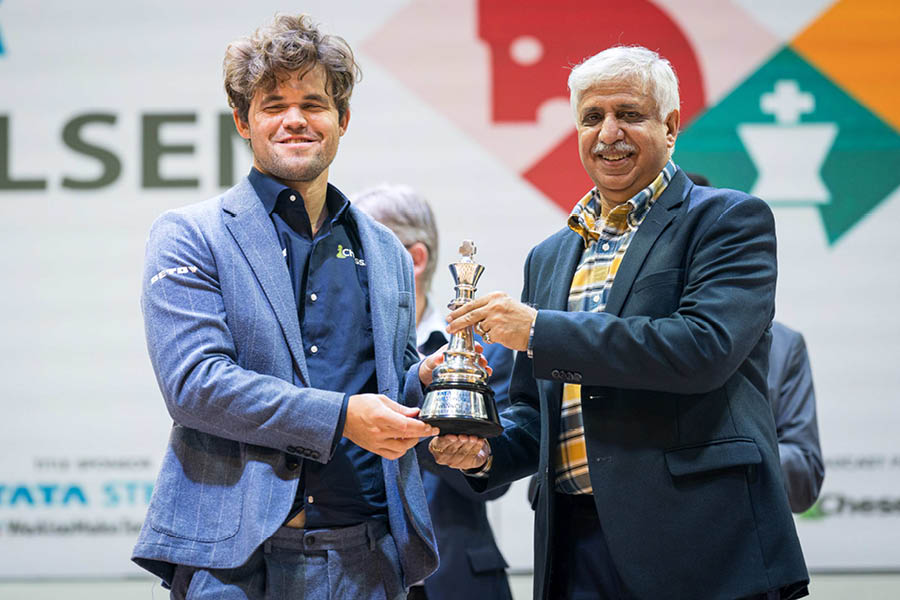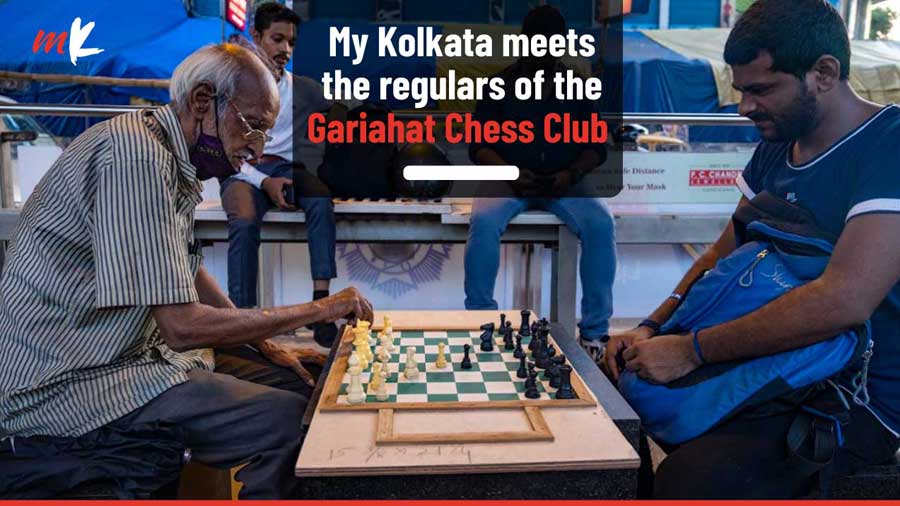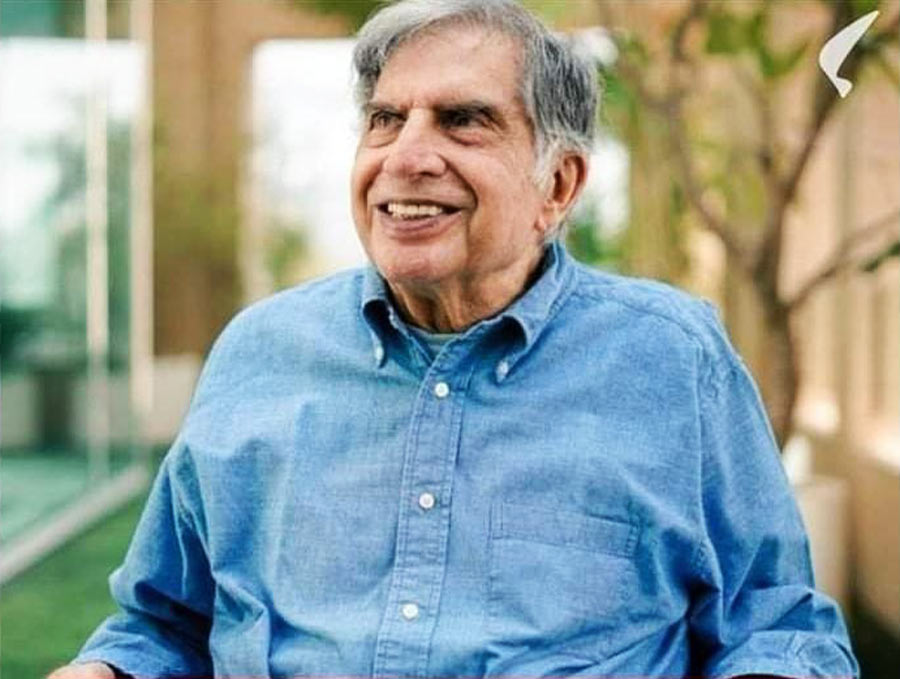A star turn by five-time world champion Magnus Carlsen and spirited displays by his Indian challengers stole the limelight at the recently concluded TATA Steel Chess India Rapid and Blitz, but the houseful audience at the Dhono Dhanyo Auditorium was a fitter testament to the success of the sixth edition of the city’s premier chess tournament.
Carlsen’s former rival, Viswanathan Anand, presented the grand prize in both the rapid and blitz categories for men to the Norwegian maestro. Russian grandmaster Kateryna Lango won the women’s blitz title and her compatriot Aleksandra Goryachkina the women’s rapid section. There was equal cash prize, of about $41,500 each, for the men’s and women’s categories.
On the opening day of the event, My Kolkata spoke to Chanakya Chaudhury, the vice-president of corporate services at Tata Steel, on the growth of Tata Steel Chess India and the company’s investments in sports. Edited excerpts from the conversation follow.
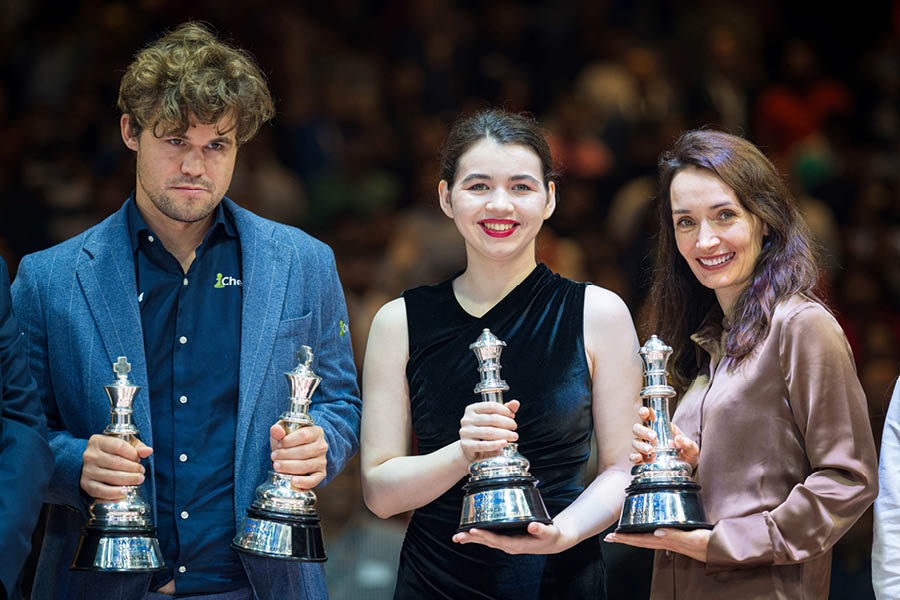
(From left) Magnus Carlsen, Aleksandra Goryachkina and Kateryna Lagno Photograph courtesy: Tata Steel
My Kolkata: This is the sixth edition of Tata Steel Chess India. What do you make of the evolution of the Tata Steel Chess India with more marquee players joining each edition?
Chanakya Chaudhury: We started in 2018, and the event has become bigger and better with every passing year. The women’s category was added three years back. Some of the players that I saw earlier today were players I had seen for the first time five or six years ago. They have grown a lot since, both in terms of quality and stature (R. Praggnanandhaa, Vidit Gujrathi, Arjun Erigaisi and Vaishali Rameshbabu, among others). This year, we have Magnus Carlsen, which is a big high for the event.
At Tata Steel, we always believe sports is a way of life and the best way of connecting with your stakeholders and the larger community is through sporting events.
‘Viswanathan Anand agreed that Kolkata would be a great host city’
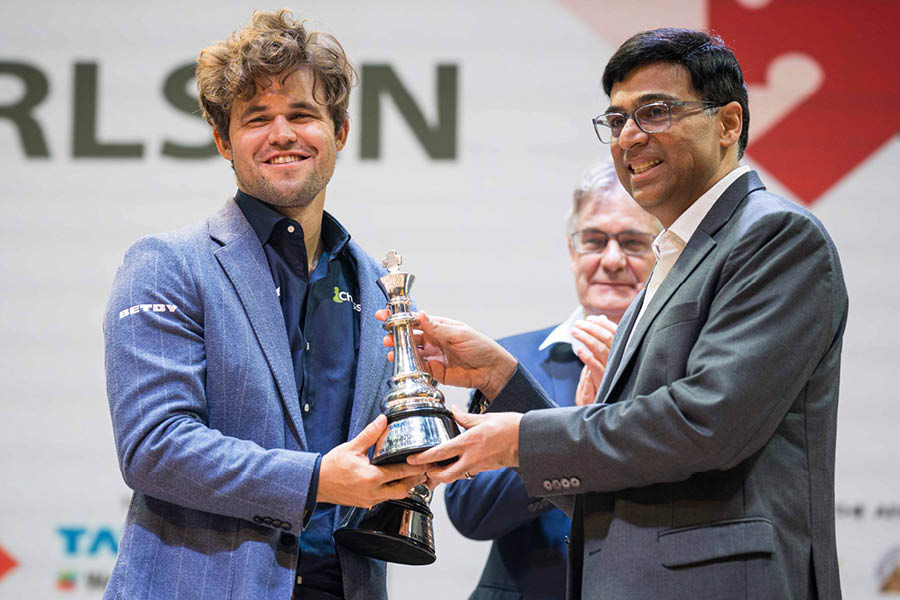
Viswanathan Anand hands over the men’s trophy to his former rival Photograph courtesy: Tata Steel
Why Kolkata as the host city?
When we were originally planning this event, we debated about having it in Mumbai or Chennai (where a bulk of India’s grandmasters come from), but eventually zeroed in on Kolkata for two reasons. One is that way back in 1996, Tata Steel had held a chess tournament in Kolkata, which was a huge hit. Anand had played in that. When we reached out to him, he agreed that Kolkata would be a great host city. Second, from a Tata Steel perspective, we are an east India-based organisation. So, it made even more sense to pick Kolkata. This year, we also have a fantastic venue, which is packed with people on day one. So many are tracking individual games on their phones. We also have an open festival, which is a non-competitive event, on the side.
‘Our centres cater to grassroots-level participation, allowing children and adults to engage in sports’
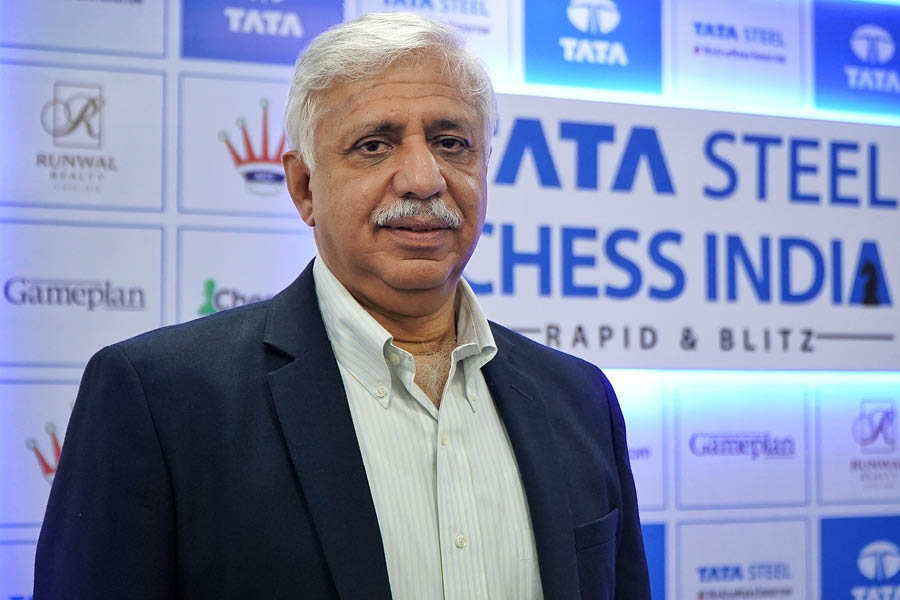
Chaudhury spoke at length about how Tata Steel empowers the community through its wide-ranging sports programmes Soumyajit Dey
How is Tata Steel currently investing in and empowering sports in India? Specifically, which sports are you focusing on, and what initiatives are in place?
We have an extensive sports infrastructure at our operational locations, particularly in Jamshedpur, developed over a century. This infrastructure strengthens our connection with the community. Currently, we operate five academies, both residential and non-residential, focused on hockey, football, archery and sports climbing.
Our archery academy is particularly noteworthy. This year, the Indian women’s Olympic archery team comprised the likes of Bhajan Kaur, Ankita Bhakat, Deepika Kumari and Purnima Mahato (as coach), all from the Tata Archery Academy. While we narrowly missed a medal, placing fourth is commendable. Beyond academies, we have 21 sports training centres, such as the Jamshedpur centre, which serves around 9,000 to 10,000 regular members. These centres cater to grassroots-level participation, allowing children and adults to engage in sports, whether as a hobby or with professional aspirations.
The sports climbing academy is unique, targeting children aged eight to 10 from nearby areas. We’ve set up modular walls in schools across remote regions to generate interest, and our coaches select promising talent. Additionally, we now operate two hockey academies, one in Jamshedpur and the Naval Tata Hockey Academy in Bhubaneswar, both of which are doing exceptionally well.
What is Tata Steel’s role in nurturing emerging athletes, and do you have plans to establish an academy in Kolkata?
Our approach focuses on nurturing talent from the grassroots. We identify young athletes early and support them as they progress through state, national and international levels. Seeing these athletes succeed — whether at the Commonwealth Games, Asian Games or Olympics — is deeply fulfilling, as they are products of our programmes.
While we currently have no plans to establish an academy in Kolkata, the city hosts many of our marquee events. Apart from the Tata Steel Chess India, there’s the Kolkata Run (to be held in December), now a Gold Label event, which draws significant attention. Through these events, we engage Kolkatans and promote sports, wellness and mental fitness.
What grassroots programmes does Tata Steel offer for parents seeking career opportunities in sports for their children?
Football and hockey are two of our most extensive grassroots programmes. Last year, we ran the country’s longest Baby League for children aged 5-6, spanning 10 months. This league saw over 3,000 boys and girls participate, culminating in a finale in Jamshedpur. Similarly, our hockey programmes in Jharkhand and Odisha, run in collaboration with state governments, identify talent in various districts. These programmes inspire children and parents to pursue sports and allow us to nurture talent for our academies.
‘Having the entire Indian women’s Olympic archery team come from our academy was a significant milestone’
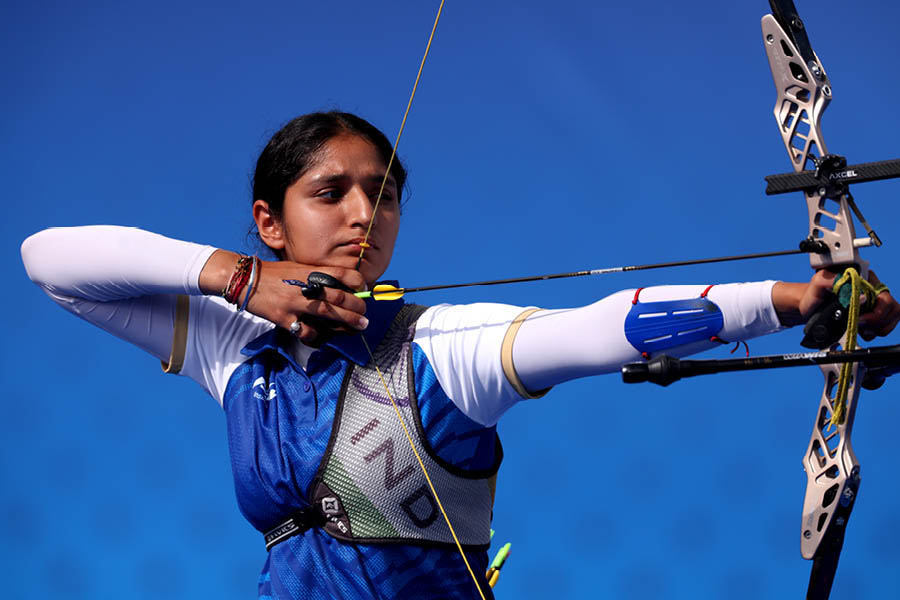
Bhajan Kaur in action at the 2024 Olympic Games in Paris Getty Images
What are Tata Steel’s future goals in sports? How do you measure the success of your programmes?
Our programmes are assessed differently depending on their focus. For grassroots initiatives, success lies in participation — how many youngsters join and engage with the initiative. For academies and advanced programmes, we evaluate how many athletes transition to professional levels, such as national teams or clubs like Jamshedpur FC, and whether they win medals. For example, having the entire Indian women’s Olympic archery team come from our academy was a significant milestone.
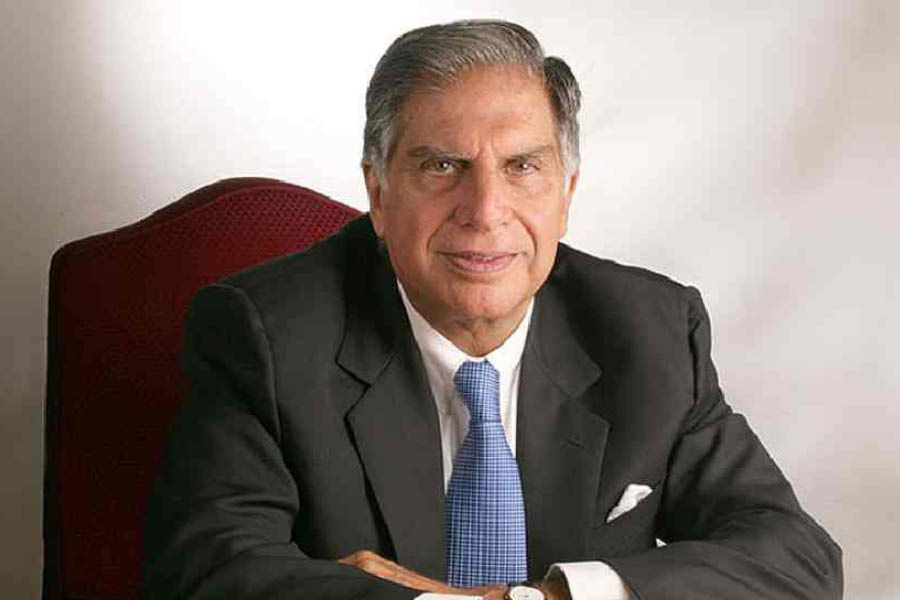
‘His impact is evident even among Indians who did not have a direct connection with him,’ said Chaudhury about Ratan Tata TT Archives
Finally, given that we lost him recently, your thoughts on Ratan Tata and how you see his legacy?
Ratan Tata was the epitome of a gentleman — humble, soft-spoken and deeply attentive to details. I’ve had the privilege of interacting with him, and he always asked insightful questions, reflecting his sharp intellect and genuine curiosity.
His impact is evident even among Indians who did not have a direct connection with him. For instance, when we framed his photograph for a prayer meeting in Delhi, the shopkeeper refused payment, saying he couldn’t take money for a man who had done so much for India. That moment encapsulates the profound respect and admiration he commanded. We have much to learn from his legacy and values.
